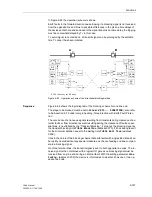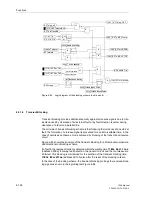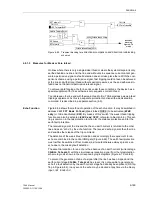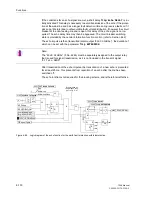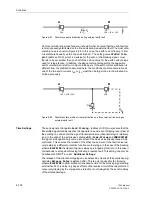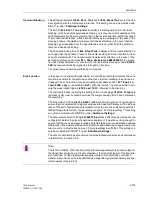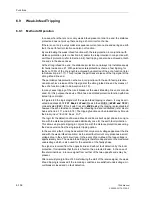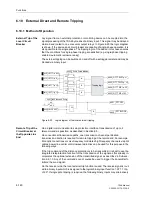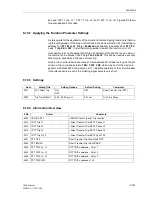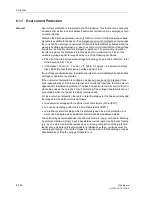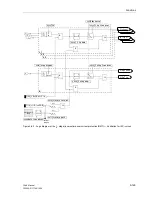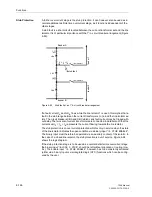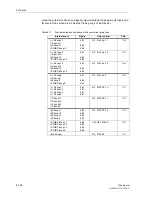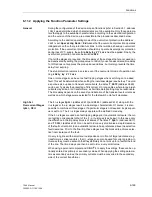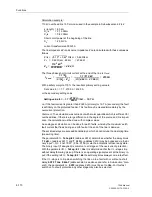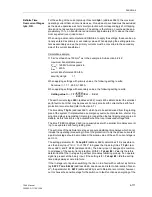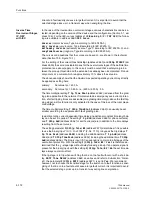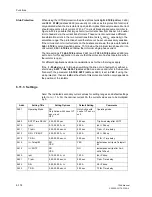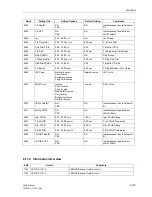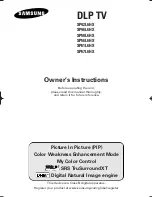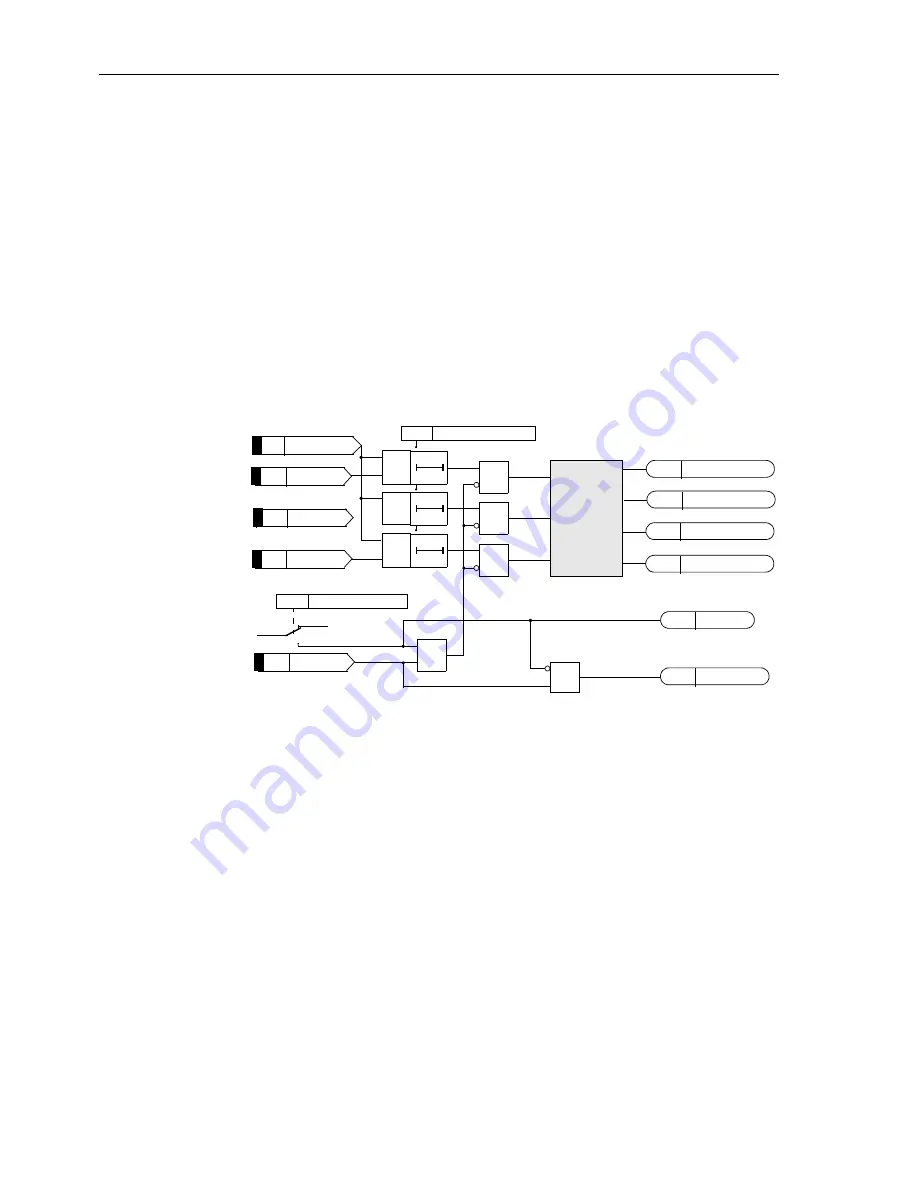
Functions
6-160
7SA6 Manual
C53000-G1176-C156-2
6.10
External Direct and Remote Tripping
6.10.1 Method of Operation
External Trip of the
Local Circuit
Breaker
Any signal from an external protection or monitoring device can be coupled into the
signal processing of the 7SA6 by means of a binary input. This signal may be delayed,
alarmed and routed to one or several output relays. In Figure 6-90 the logic diagram
is shown. If the device and circuit breaker are capable of single-phase operation, it is
also possible to trip single phase. The tripping logic of the device in this case ensures
that the conditions for single-phase tripping are satisfied (e.g. single-phase tripping
enabled, automatic reclosure ready).
The external tripping can be switched on and off with a setting parameter and may be
blocked via binary input.
Figure 6-90
Logic diagram of the local external tripping
Remote Trip of the
Circuit Breaker at
the Opposite Line
End
On a digital communication link via protection interface, transmission of up to 4
telecommands is possible, as described in Section 6.5.
On conventional transmission paths, one transmission channel per desired
transmission direction is required for remote tripping at the remote end. For example,
fibre optic connections or voice frequency modulated high frequency channels via pilot
cables, power line carrier or microwave radio links can be used for this purpose in the
following ways.
If the trip command of the distance protection is to be transmitted, it is best to use the
integrated teleprotection function for the transmission of the signal as this already in-
corporates the optional extension of the transmitted signal, as described in Sub-sec-
tion 6.6.1.3. Any of the commands can of course be used to trigger the transmitter to
initiate the send signal.
On the receiver side, the local external trip function is used. The receive signal is rout-
ed to a binary input which is assigned to the logical binary input function “
>DTT Trip
L123
”. If single pole tripping is required, the following binary inputs may alternatively
4417
≥
1
2202
Trip Time DELAY
0
T
≥
1
&
≥
1
0
T
≥
1
0
T
&
&
ON
OFF
2201
DTT Direct Trip
„1“
Tripping logic
&
>DTT Trip L123
4412 >DTT Trip L1
4413 >DTT Trip L2
4414 >DTT Trip L3
4403 >BLOCK DTT
4432 DTT TRIP 1p. L1
4433 DTT TRIP 1p. L2
4434 DTT TRIP 1p. L3
4435 DTT TRIP L123
4421 DTT OFF
4422 DTT BLOCK
Summary of Contents for siprotec 7SA6
Page 2: ...Siemens Aktiengesellschaft Book No C53000 G1176 C156 2 ...
Page 18: ...xviii 7SA6 Manual C53000 G1176 C156 2 ...
Page 32: ...Introduction 1 14 7SA6 Manual C53000 G1176 C156 2 ...
Page 82: ...Hardware and Connections 2 50 7SA6 Manual C53000 G1176 C156 2 ...
Page 119: ...SIPROTEC 4 Devices 4 25 7SA6 Manual C53000 G1176 C156 2 Figure 4 20 CFC Logic example ...
Page 190: ...Configuration 5 62 7SA6 Manual C53000 G1176 C156 2 ...
Page 652: ...Installation and Commissioning 8 78 7SA6 Manual C53000 G1176 C156 2 ...
Page 724: ...Technical Data 10 56 7SA6 Manual C53000 G1176 C156 ...
Page 800: ...Appendix A 76 7SA6 Manual C53000 G1176 C156 2 ...
Page 866: ...Appendix B 66 7SA6 Manual C53000 G1176 C156 2 ...


